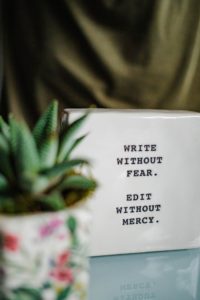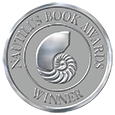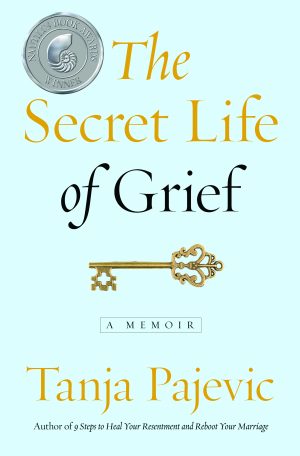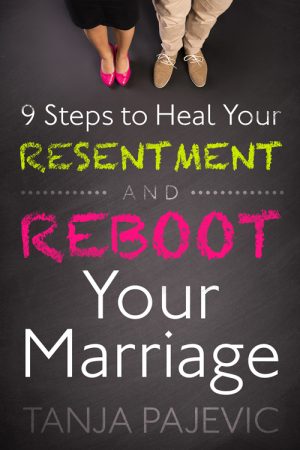Revising, editing and planning for revising/editing your memoir can be maddening, especially if you’re working on your own. Book-length projects are an exercise in patience on a good day. Without support, it can be even tougher.
So what’s the best way to approach the revising and editing process?
Start by clarifying your expectations. I find that we often we expect the process to be more straight-forward than it is. One or two drafts, we think, and poof, we’ll be done.
But the best books pass through multiple revisions, with plenty of outside support. Very few folks write stellar books in a vacuum.
So let’s break the writing process down.
For most of us, the writing process falls into three stages:
- Messy first draft
- Revising
- Micro-Editing
Messy First Draft (a.k.a. Shitty First Draft)
This is your early draft, when you’re getting the story down on the paper. For most of us, this tends to be a wild and wooly process of exploration, where we take a few wrong turns for every right one. In this stage of the writing process, we’re getting the bones of the story down on the page.
In Bird By Bird, Anne Lamott famously termed this the shitty first draft. Low expectations keep this part of the writing process simple and doable.
One of those reasons is because early drafts are often for the writer. We’re ascertaining the story at this point, figuring it out as we go. And the less pressure we put on ourselves during this stage, the better.
TIP: I’m using the “messy first draft” term loosely. You might have two of three messy first drafts before your story starts to emerge.
Revision
Generally, revision is the process of tearing apart your story, expanding certain sections, condensing others, reordering, etc. It’s looking at the big picture of what you’ve written and whittling/reshaping in order to highlight the story you want to tell.
Some folks think of revision as changing/editing a few words here and there. I’d like to encourage you to consider the big picture, since larger structural revisions tend to be much more effective.
 That said, this tends to be the part of the process where folks balk. I mean, heck, we’ve already put our blood, sweat and tears into this book and now you’re telling me I need to change it again?!
That said, this tends to be the part of the process where folks balk. I mean, heck, we’ve already put our blood, sweat and tears into this book and now you’re telling me I need to change it again?!
Lets face it: large structural revisions can be tough on the ego. But they are important to the success of your book.
Distance can help with this process, as can a good developmental or substantive editor. Beta readers may also be helpful.
TIP: In this part of the writing process, we flip the equation: instead of writing for ourselves, we’re now writing/shaping/creating for the reader. This is a critical distinction.
Micro-editing
For most writers, this is the final stage of the writing process. It’s where we slow down and revise on the sentence level. Micro-editing is often time-consuming, yes, but it’s also what sets our writing apart and makes it shine.
Some Words of Caution
As with anything, the process isn’t the same for everyone. My poet friends, for example, tend to savor word choice and sentence structure during those early drafts. If that’s how you work, then honor that, absolutely.
But if you’re a big-picture thinker, like me, then you might find that your messy first draft is all over the place, with gems buried in the muck. If I were to try to revise while getting those big picture pieces down on the page, it would take me a long time to get any real traction.
Part of the process, then, is being able to let go of what isn’t working in order to excavate what is.
The trick is to not getting attached to one specific part of the writing process and skipping the others. Know that successful manuscripts take time and work, and plan accordingly.
Distance can also help, especially if you’re writing memoir. If you’re writing about something that happened a long time ago, you might already have important insights that will help you shape your manuscript. Otherwise, you might be figuring it out as you go.
As Joan Didion famously said:
“I write entirely to find out what I’m thinking, what I’m looking at, what I see and what it means.”
That’s one of the reasons I write as well.
However, I don’t conflate the exploratory part of my writing process (i.e.: messy first draft) with something a reader will want to read.
That’s where shaping, revising and editing come in.
Remember: a strong draft keeps its reader at the forefront of the equation. And when we can apply the proper craft and technique through the revising and micro-editing process, our writing will shine.
Warmly,
Tanja
PS: If I can support you with a developmental or substantive review of your memoir, please reach out.


